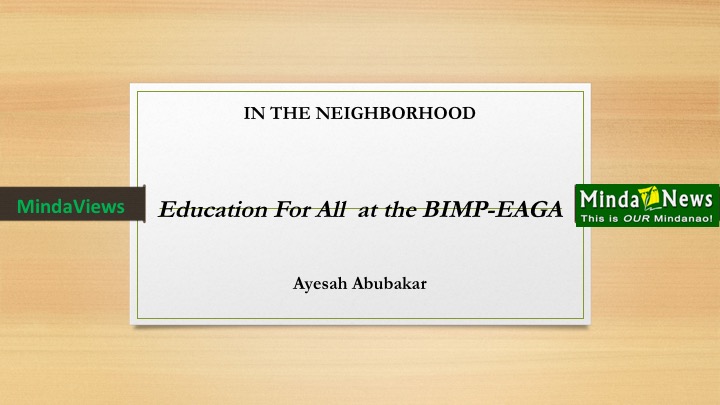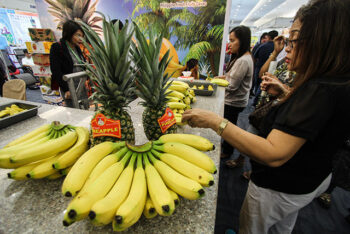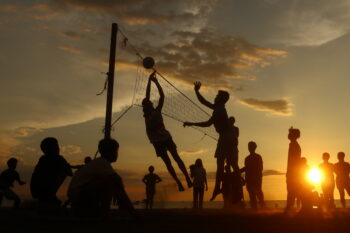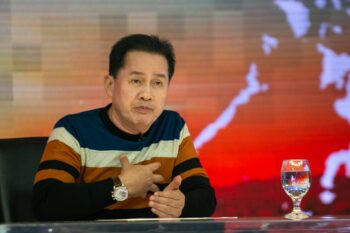It is my first time to attend a program of the BIMP-EAGA (Brunei-Indonesia-Malaysia-Philippines East Asean Growth Area). The Inaugural BIMP-EAGA Higher Education Summit 2017 was recently held in Kota Kinabalu, Sabah, Malaysia (July 19-20), and I was fortunate to join as a participant with Universiti Malaysia Sabah as the co-organizer together with the Malaysian Ministry of Higher Education.
This event is part of the activity under the newly formed Social, Cultural and Education Cluster of the BIMP-EAGA. This SCE Cluster parallels the same objectives under the bigger ASEAN Economic Community (AEC) program with the vision of bringing together the ASEAN community.

Many of the participants were from UMS, and other colleges and universities from Sabah and Sarawak. There were also representation from the business sector. While from the Philippines, there were participants from the universities in Palawan and Davao, and the National Commission on Culture and the Arts’ Ms. Adeline Suemith. The Philippine delegation was led by Dr. Gaspar Gayona of TESDA (Technical Education and Skills Development Authority) who is also the SCE Cluster Head for the region.
Indonesia was mainly represented by a number of government officials. On the second day, Dr. Luningning Omar of the College of Higher Education (CHEd) also came.
At this inaugural summit, the Malaysian Deputy Minister of Higher Education Datuk Mary Yap Kain Ching, who is from Sabah, and the new installed Vice Chancellor of UMS, Prof. Dr. D. Kamarudin D. Mudin formally opened the event.
In this two-day meeting, the discussions were focused on three sub-themes: Education for Sustainable Development, Promoting Culture for Regional Solidarity, Regional Sustainability with Reference to Education, Environment, Health and Natural Resources.
The keynote speech was given by Mr. Luigi Cabrini, Chair of the Global Sustainable Tourism Council (GSTC) and Advisor to the UNWTO Secretary-General, who presented on the implementation of sustainable tourism and how it is used as a tool for development.
He made clear that while there is rising trend of this form of economy, it is not without constraints and risks. As such, the GSTC has introduced a criteria and measurement to safeguard the tourism industry and equally ensure the environment conservation agenda.
Among the countries of the Association of Southeast Asian Nations (ASEAN), so far, Malaysia has adopted this GSTC Criteria. Mr Luigi Cabrini, therefore, actively promotes the GSTC Criteria among ASEAN and BIMP-EAGA members as an important step towards sustainability.
One of the more interesting presentations during this conference was on the Education for Stateless Children in Sabah from UMS’ Prof. Dr. Vincent Pang.
Several reports give an estimate of 30,000 to 44,000 undocumented children who are not able to go to school in Sabah. (hyperlink the numbers to this http://www.dailyexpress.com.my/news.cfm?NewsID=118979).
Many of these children are of Filipino origin. They have no access to the public school system, instead, they attend alternative learning centers (ALCs) that are provided by NGOs, churches, and the National Security Council.
However, the greater number of these children would not have gone to any ALCs. While this option exists, there are no formal qualifications given by these informal schools from the Malaysian government nor the Philippine government.
There are six schools identified with, and to some extent, helped by the Philippine Embassy in Kuala Lumpur. Nevertheless, students from these schools, however academically capable they may be, will not have the papers to help them pursue formal education or for their basic education to be recognized.
On the other hand, the Indonesian children are luckier because the government of Indonesia was able to establish their own school in Kota Kinabalu in 2010. The school delivers primary and secondary education and has its satellite locations throughout Sabah and Sarawak.
The Indonesian school is able to serve all Indonesian children—documented or not. It is fully recognized in Indonesia, thus, students can continue to tertiary level when they go back to their home country.
I have been taking my students to this Indonesian school for the last two semesters and each time I am always impressed of the commitment of the Indonesian bureaucracy in such a program outside of its country.
The conference showed that the prospects for an active networking in higher education within the BIMP-EAGA looks bright.
In the near future, the ideas of mobility among students and staff and the harmonization of these education qualifications — both in the university level and in the technical vocational field will become a reality. In fact, this is already happening with some ASEAN countries.
However, this is not the same for the education of undocumented and stateless children. This is a sad reality given that countries in the BIMP-EAGA have committed to the Education for All (EFA) agenda. The governments are also actively pursuing public policies that subscribe to human development, or with the more recent, sustainable development goals (SDGs).
Together with Prof. Vincent and other members of our round table discussion, we proposed to include the harmonization of alternative education systems as a key result area under the summit’s Education for Sustainable Development theme.
This must be part of the agenda of the ongoing work on the ASEAN qualifications reference framework or AQRF. The scope of alternative education should also cover education for special needs children, adult literacy and other marginalized sectors that may not belong to the formal and technical-vocational education streams.
By providing this pathway, the stigma of the local people on undocumented and stateless people in general can be overcome especially if the latter are given access to education.
Prof. Vincent argues that providing education to this group is crucial to the goals of development, social and security, for Malaysia. And I wish to add, it is crucial for the whole region.
It is a fact that peoples in these four countries have been moving from one country to another and this will continue to be the dynamic given their social ties and affinities, and history. The challenge is for policy makers to ensure that even the undocumented and stateless group will be included in the BIMP –EAGA plans.
This group has been trapped or in limbo due to the increasingly stricter immigration laws, despite the ideals of integrating the region. It is interesting that the Summit’s theme is on “Education and Social-Cultural Understanding for Regional Sustainability”, again, suggesting the ideal of a communitas. If we are to achieve this, putting all children in schools is the best strategy for a more successful BIMP-EAGA region and its sustainability as a community.
(MindaViews is the opinion section of MindaNews. Dr. Ayesah Uy Abubakar of Davao Oriental and Kidapawan City is a Senior Lecturer at the Faculty of Humanities, Arts & Heritage at Universiti Malaysia Sabah. She is also a Fellow of the Research Unit on Ethnography and Development at the same faculty)







